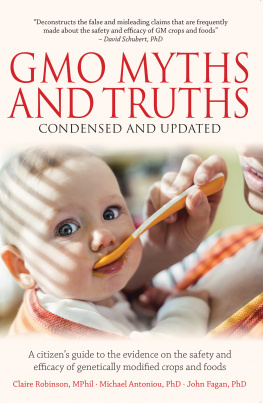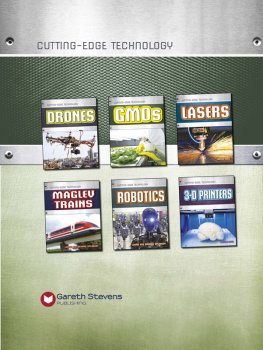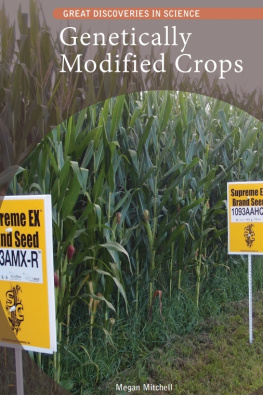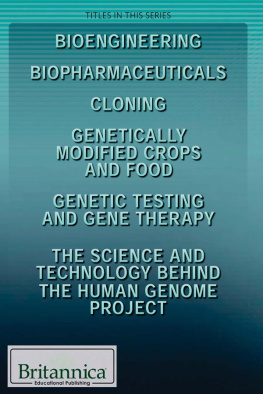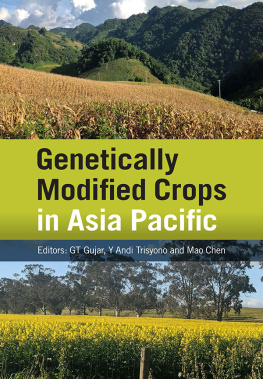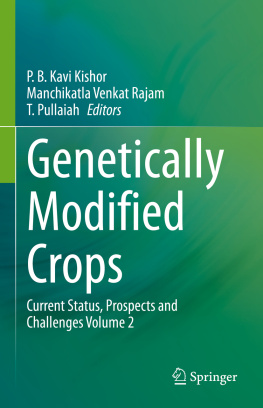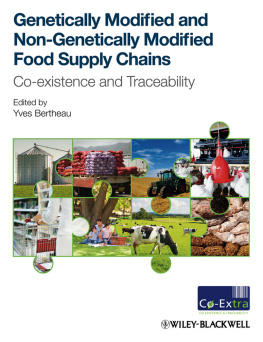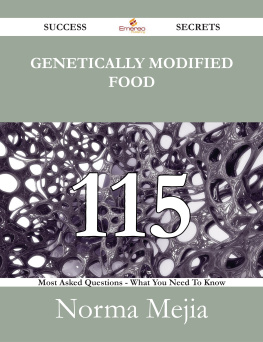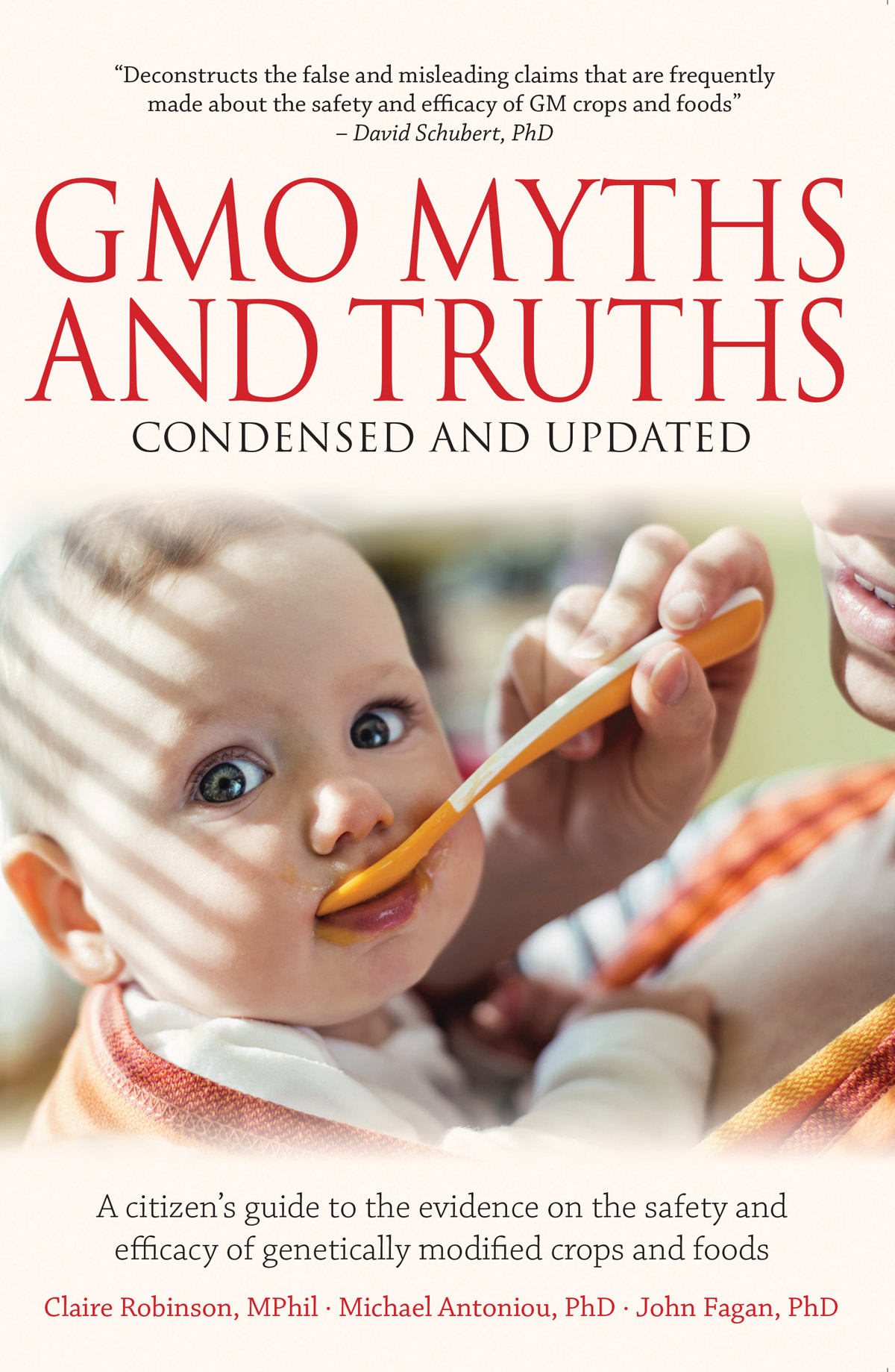Claire Robinson - GMO Myths and Truths: A Citizens Guide to the Evidence on the Safety and Efficacy of Genetically Modified Crops and Foods
Here you can read online Claire Robinson - GMO Myths and Truths: A Citizens Guide to the Evidence on the Safety and Efficacy of Genetically Modified Crops and Foods full text of the book (entire story) in english for free. Download pdf and epub, get meaning, cover and reviews about this ebook. year: 2015, publisher: Earth Open Source, genre: Romance novel. Description of the work, (preface) as well as reviews are available. Best literature library LitArk.com created for fans of good reading and offers a wide selection of genres:
Romance novel
Science fiction
Adventure
Detective
Science
History
Home and family
Prose
Art
Politics
Computer
Non-fiction
Religion
Business
Children
Humor
Choose a favorite category and find really read worthwhile books. Enjoy immersion in the world of imagination, feel the emotions of the characters or learn something new for yourself, make an fascinating discovery.
- Book:GMO Myths and Truths: A Citizens Guide to the Evidence on the Safety and Efficacy of Genetically Modified Crops and Foods
- Author:
- Publisher:Earth Open Source
- Genre:
- Year:2015
- Rating:4 / 5
- Favourites:Add to favourites
- Your mark:
GMO Myths and Truths: A Citizens Guide to the Evidence on the Safety and Efficacy of Genetically Modified Crops and Foods: summary, description and annotation
We offer to read an annotation, description, summary or preface (depends on what the author of the book "GMO Myths and Truths: A Citizens Guide to the Evidence on the Safety and Efficacy of Genetically Modified Crops and Foods" wrote himself). If you haven't found the necessary information about the book — write in the comments, we will try to find it.
It is often claimed that the case against genetically modified (GM) crops and foods is based on emotion, not science, and that to oppose GM crop and food technology is to be anti-science. It is also claimed that GM crops offer higher yields and better nutrition, that they are safe for health and the environment, that they reduce agrochemical use, and that they are needed to feed the worlds growing population. This book, co-authored by two genetic engineers and a writer/researcher, exposes these claims as false, using scientific and other documented evidence. GMO Myths and Truths summarizes the facts on the safety and efficacy of genetically modified (GM) crops and foods in terms that are accessible to the non-scientist but still relevant to scientists, policymakers and educators. The evidence presented points to many hazards, risks, and limitations of genetic engineering technology. These include harms found in animal feeding and ecological studies, which in turn indicate risks to health and the environment posed by GM crops and foods.
The layout of the book enables those readers with limited time to read the chapter summaries, while providing more detail and full references for those who require them. At 164 pages of paperback size, this new condensed version is shorter and more accessible than the authors 330-page report by the same name, which has been downloaded over half a million times.
The book shows that conventional breeding continues to outstrip GM in developing crops that deliver high yields, better nutrition, and tolerance to extreme weather conditions and poor soils. In agreement with over 400 international experts who co-authored a UN and World Bank-sponsored report on the future of farming, the authors conclude that modern agroecology, rather than GM, is the best path for feeding the worlds current and future populations in a safe and sustainable way.
Claire Robinson: author's other books
Who wrote GMO Myths and Truths: A Citizens Guide to the Evidence on the Safety and Efficacy of Genetically Modified Crops and Foods? Find out the surname, the name of the author of the book and a list of all author's works by series.

